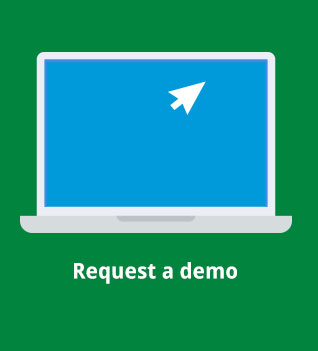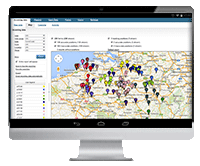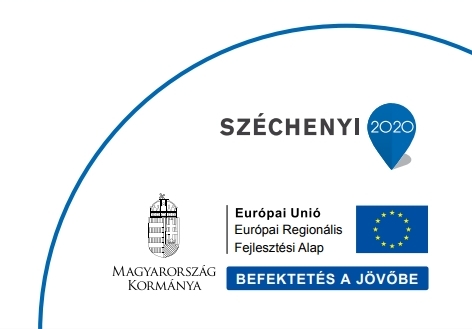Doctors and nurses have been using technology for decades, but health care providers have yet to truly embrace the 21st century. At many hospitals and clinics, health care professionals rely on desktop computers and large immovable equipment. As a result, doctors and nurses must always return to a station or PC, collecting information on the next patient in their rounds tour before repeating the processes over and over again.
The good news is that mobile fever is catching on, and now many health care professionals demand access to mobile devices and apps. According to Research Now, only 16 percent of doctors, nurses and other health care employees currently use mobile health apps, but 46 percent of these individuals plan on using these technologies to provide better care in the next five years. It seems that medical professionals aren’t the ones that need convincing.
A demand and no capacity to meet it
Instead, health care providers are hesitant about developing their own mobile apps in house due to the sheer demand. Gartner reported that by the end of 2017, the demand for mobile apps will be five times bigger than internal IT teams’ ability to create new solutions for employees.
“Mobile app demand will be 5 times bigger than IT teams‘ development capabilities.”
Gartner principal research analyst Adrian Leow explained that the cost to hire developers is only one hurdle that organizations must clear, with others ranging from the difficulty to create mobile health care apps to a lack of strategic planning when it comes to development. Compouding the issue is the demand for apps for every possible task. Nurses want ward round apps, administrators crave mobile patient admission apps, staff members need patient feeding and calories apps and doctors demand ICU/ITU apps.
The challenges to developing mobile health care apps has resulted in some organizations releasing no mobile apps at all.
“This is an indication of the nascent state of mobility in most organizations, with many organizations questioning how to start app development in terms of tools, vendors, architectures or platforms, let alone being able to scale up to releasing 100 apps or more,” said Leow.
Working with professionals
Health care providers can overcome their confusion in the initial phases of developing a mobility strategy. It just takes a little guidance and some help from mobile app development platform providers like Mobilengine.
As explained by Gartner, rapid mobile app development tools provide a great way to “bridge the gap between mobile app demand and supply,” as those in business roles can use these platforms to create solutions to actual problems in their organizations. For example, health care providers can take the time to determine what workflows can be supported by mobile apps. Tasks such as patient admission and discharge are perfect for mobile devices, while nurses will definitely demand a ward round app. Taking stock of what apps which employees want is a challenge in itself, let alone developing everything from ICU apps to early warning scoring apps.
 Whether doctors and nurses want to use tablets or smartphones doesn’t matter with Mobilengine’s native mobile apps.
Whether doctors and nurses want to use tablets or smartphones doesn’t matter with Mobilengine’s native mobile apps.Developing those mobile apps in house is time-consuming and costly, but with support from Mobilengine, development will be more efficient and focused on improving core tasks in a hospital or clinic. Gartner noted that 55 percent of organizations work with companies like Mobilengine in a process called “mixed sourcing.” This is the best way to meet the demand of health care professionals, as the IT team has many other aspects of their internal systems to worry about. So, instead of spending a month developing a patient admission app, providers can spend a month working with Mobilengine’s experience developers and strategists to create a mobile health care app for every role.
Convincing the providers
It’s clear that doctors and nurses demand mobile apps, and solutions like Mobilengine’s make the development process for dozens of different health care tools possible to begin with. But health care providers need to see the value in allowing their employees to use mobile patient admission apps, ward round apps and many others that make their jobs easier.
So, let’s leave it at this: According to Research Now, 96 percent of health care professionals and mobile health app users agree that these solutions improve the quality of life – isn’t that what health care is about in the first place?
Adam Dalnoki, Mobilengine’s CEO, brings IT and telecommunications expertise as an ex BCG consultant. He made a previous exit in a mobile payment start up and has held sales executive positions at Provimi and Kraft Foods.








